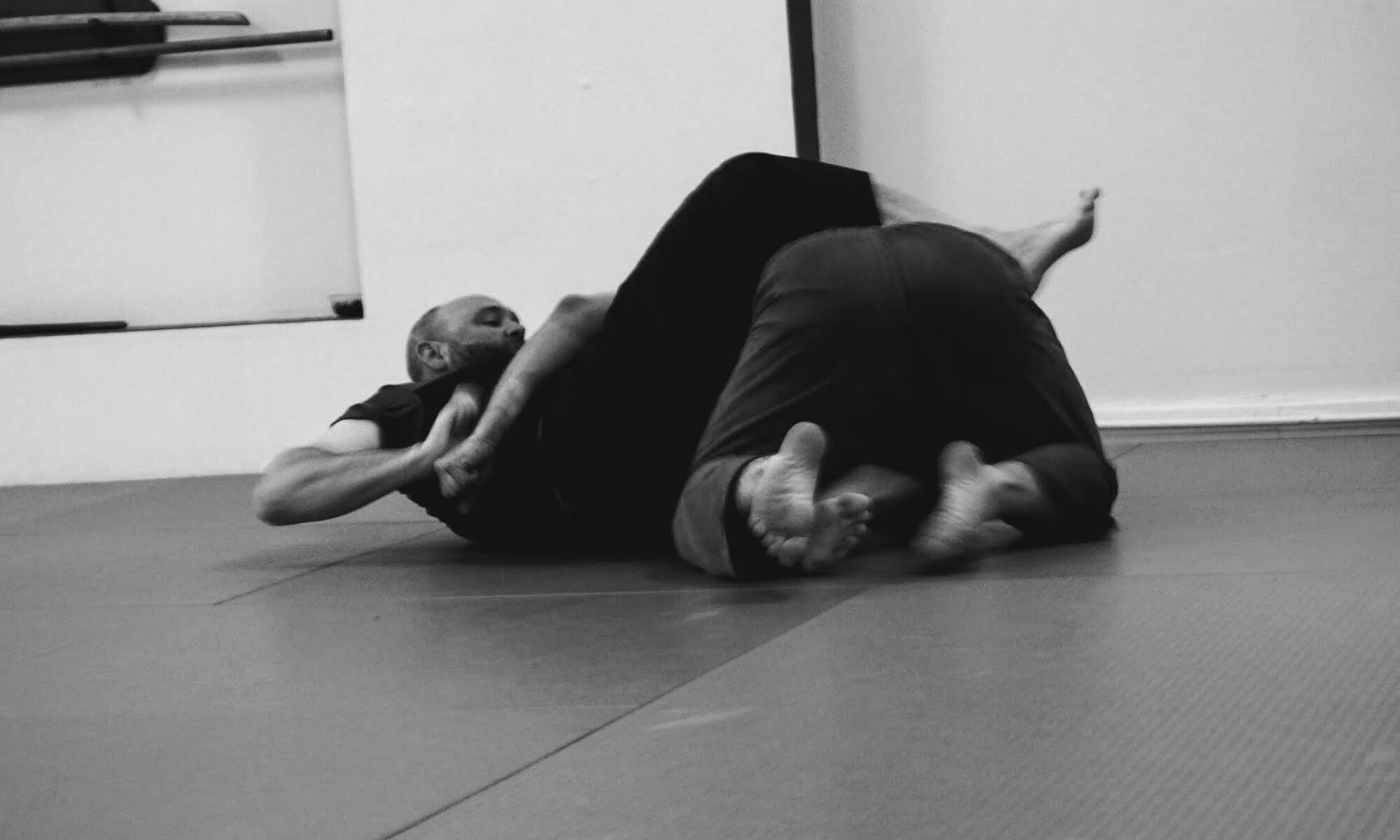Last month I realized that I’d either given away my copy of “Transparent Power” by Kimura Tatsuo or I’d read a borrowed copy. Either way, it had been quite a few years and a lot of training hours since I read it last, so I ordered another copy. For those not familiar, “Tomei na Chikara” or “Transparent Power” is a mix of stories about and remembered lessons from the great Daito Ryu teacher Sagawa Yukiyoshi complied by his most senior student, Kimura Tatsuo. Many people considered Sagawa to be the true successor to Takeda Sokaku (Daito Ryu) and there’s even a document supporting that. But like Ueshiba’s Aikido, bloodline succession won out in the end. Not that Sagawa was bitter about that. (That’s a joke.)
I remember my biggest takeaway from my first reading of TP was Sagawa declaring, “I’m good, you’re bad. I’m smart, you’re dumb. I train HARD, you’re all lazy! Don’t tell people what you’re actually doing,” over and over. Humble, he was not. If you’re looking for anything specific about what he was doing, how to do techniques, or his solo training routine you will be very disappointed. Even when quoting Sagawa’s teaching, it’s like listening to someone without being able to see what they’re doing. It’s odd then that I think this is possibly one of the most important books that someone who studies Aikido or Aikido related arts can read.
Kimura and Sagawa are very clear about what they mean by “aiki”, from the book’s official webpage:
“Aiki is a skill that allows you to neutralize your opponent’s power, after which you can effortlessly use just small power. Aiki eliminates the opponent’s power, so that yours is able to flow through as a Transparent Power, with no resistance possible. It also makes him hold fast to you, unable to disengage himself—it’s really quite difficult.
Aiki is a technique done by harmonization of energy which succeeds over other techniques that use physical strength and manipulation of joints. With a very deep understanding of Aiki, it is possible for even a small girl to defeat a strong man.”
While this isn’t a true definition of “aiki” they are being very clear about what EFFECTS to look for when dealing with aiki. Aiki 1) neutralizes your opponent’s power, 2) maximizes the effects of your power, and 3) makes you hard to disengage from. Note that timing, momentum, and “getting out of the way” are not even hinted at with this understanding of aiki. There is no need to see your opponent’s point of view or to lead them in any way. You are not joining energies with them or creating a four-legged animal. You’re not connecting to their center. There is no morality implicit with aiki, the attacker is not defeating themself by breaking the harmony of the universe with bad intent. I would say that aiki is a form of hyper-kuzushi. Not only does it break an opponent’s power, but it also creates stickiness. Aiki is a way to achieve and maintain kuzushi, to keep your opponent compromised as your power is free to move (tomei na chikara). Aiki gives you freedom, while taking away the freedom of your opponent. Aiki creates kuzushi which allows you to use tomei na chikara to perform tsukuri (build the technique) and then kake (finish the technique) with minimal power. If many of the books about Aikido and OSensei are to be believed, he fundamentally changed what he meant from Daito Ryu’s aiki and thus Aikido was born. I think this is likely true for the second Doshu and his version of Aikido, but if we look at video of Ueshiba Morihei or read about his accomplishments and capabilities, it seems obvious to me that he USED a version of aiki that was more like Sagawa describes than we see in mainstream Aikido. When the sumo player Tenryu was unable to push OSensei over or move him we have a clear example of aiki being used to neutralize power. Tenryu was larger and likely had a mechanical advantage over OSensei, and yet OSensei explicitly says that he was able to do this because he understood aiki. There’s no version of aiki which involves getting off the line of an attack or blending with an attack that leads to this effect. Similarly, if we look at video of the infamous “jo trick” where one or more student pushes perpendicularly on the jo held at arm’s length by Ueshiba there is no blending or leading explanation for that effect. It’s also impossible to resist by simply overpowering people pushing in this way. This is a clear demonstration of a form of aiki that neutralizes power rather than blending with it. This tells me that whatever the marketing says, OSensei was clearly still using Daito Ryu’s aiki throughout his lifetime. When OSensei says that there is no attack in aikido, because your opponent becomes a partner that you control, he is describing the aiki of Daito Ryu and tomei na chikara.
Transparent Power is available in several languages directly from the publisher or through most online resellers. I highly recommend it to any student of Daito Ryu, Aikido, or classical jujutsu.
